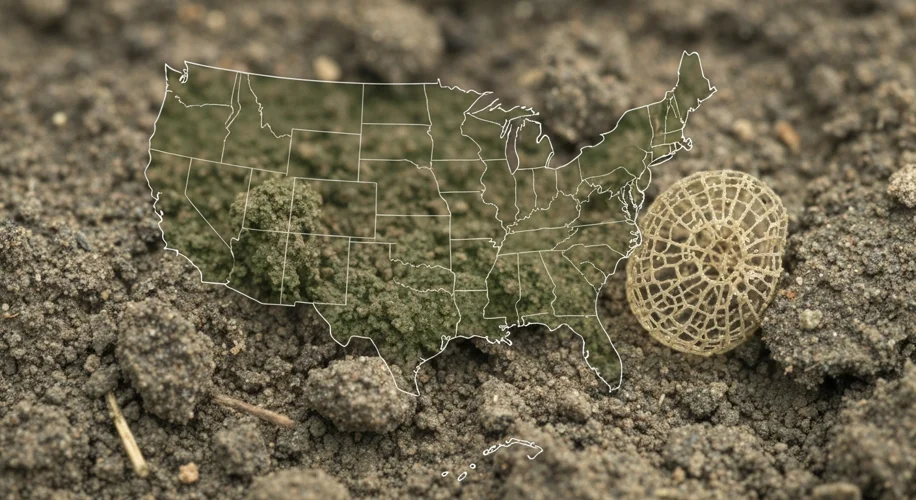Did you know there’s a microscopic threat quietly spreading across the United States? Experts are raising alarms about a deadly fungus, specifically Coccidioides immitis and Coccidioides posadasii, commonly known as the cause of Valley Fever. This isn’t new, but recent trends show it’s becoming more prevalent and spreading faster than ever.
What is Valley Fever?
Valley Fever is an infection caused by inhaling tiny spores of the fungus found in the soil. When the ground is disturbed – by farming, construction, wind, or even just digging – these spores can become airborne and travel for miles. The majority of people who inhale the spores don’t get sick, or they experience mild flu-like symptoms that resolve on their own. However, for a significant minority, the infection can become more serious.
Symptoms to Watch For
The symptoms of Valley Fever can mimic other common illnesses, making it tricky to diagnose. They often include fever, cough, fatigue, body aches, headache, chills, and sometimes a rash. In more severe cases, the fungus can spread from the lungs to other parts of the body, leading to more serious complications like pneumonia, joint pain, or even meningitis.
Who is Most at Risk?
While anyone can get Valley Fever if they inhale enough spores, certain groups are more vulnerable. People with weakened immune systems, such as those undergoing chemotherapy, organ transplant recipients, or individuals with HIV/AIDS, are at higher risk for severe illness. Pregnant women and people with diabetes also face increased risks. The primary

